Tucked away in the coastal town of Scilla in Calabria, I stumbled upon one of Italy’s most magical hidden gems. Chianalea is this quirky fishermen’s quarter where colorful homes perch right on the rocks, and boats literally park outside the front doors.
Locals call it “the little Venice of Calabria” for good reason. Here, narrow alleyways and the sea just sort of melt together, and it all feels surprisingly harmonious.
As I wandered through Chianalea’s maze-like passages, the fishermen’s houses seemed to rise straight from the water. The gentle sound of waves lapping against stone foundations follows you everywhere.
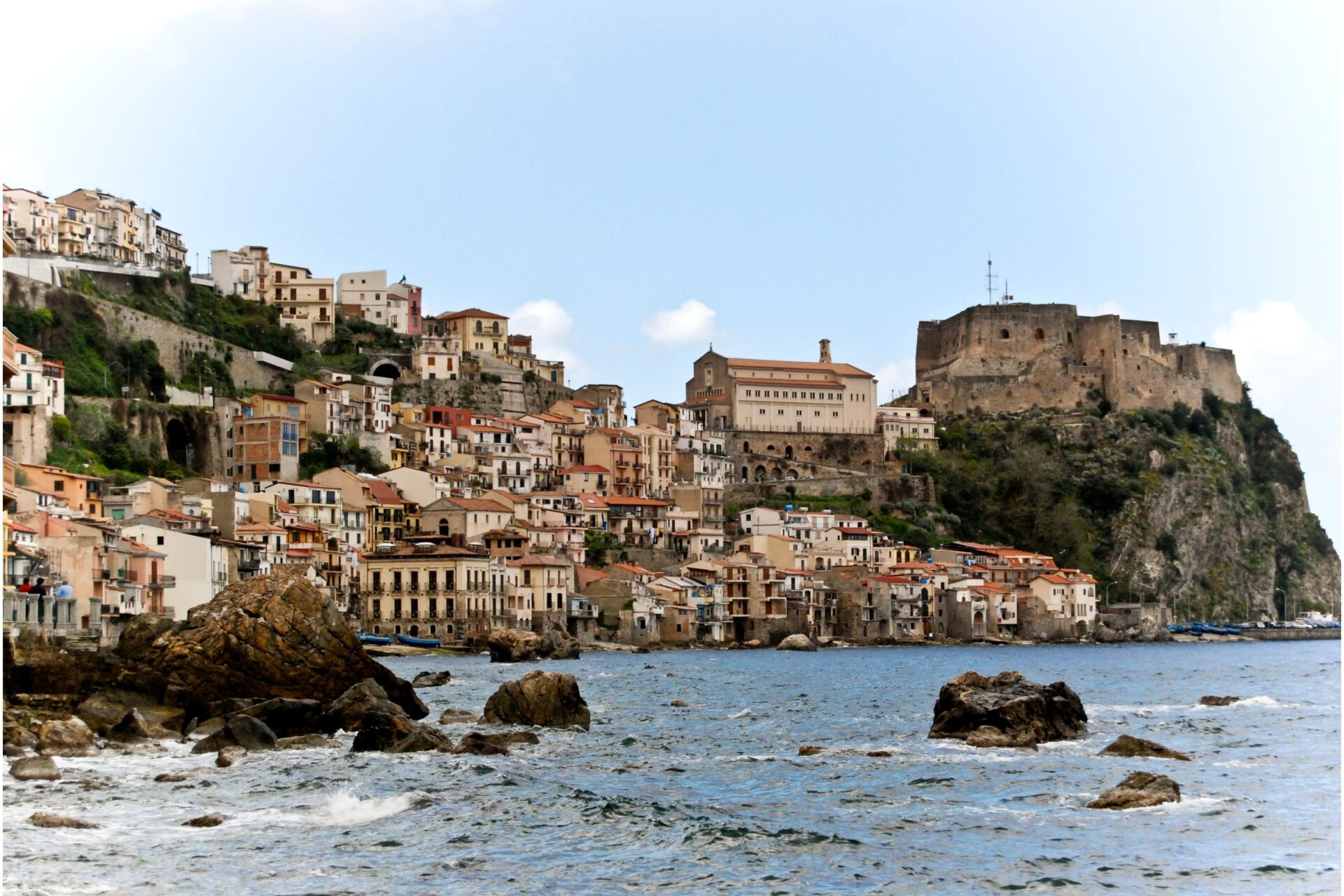
People here have kept their traditional fishing lifestyle alive for generations. That gives the neighborhood a kind of authenticity that’s hard to find these days.
What really sets Chianalea apart is how the colors of the village blend with the blues of the Mediterranean. If you can, visit in the early morning to catch fishermen prepping their boats, or at sunset when golden light washes over the ancient stones.
This place overflows with photo ops and offers a window into a way of life that ties people directly to both sea and shore.
Discovering Chianalea: The Fishermen’s Quarter Where Boats Park Outside Homes
Chianalea grabbed my attention the moment I saw those waterfront homes. This district in Scilla, Calabria lets you peek into a traditional fishing lifestyle, where boats bob just outside doorsteps and daily routines revolve around the sea.
Chianalea’s Unique Canals and Mooring Traditions
The sea practically flows right up to the doorsteps here. Unlike other fishing villages, the houses sit so close to the water that fishermen park their boats just outside their front doors.
I couldn’t help but gawk at the colorful wooden boats tied to iron rings hammered into house walls. This mooring tradition goes back centuries, serving a practical purpose and keeping old customs alive.
The boats form a floating mosaic against the weathered stone. When high tide rolls in, the narrow passages between homes fill with seawater, turning footpaths into mini-canals.
Fishermen needed quick, easy access to their boats at all hours, especially for those early morning outings. The unique setup of the village just grew from that need.
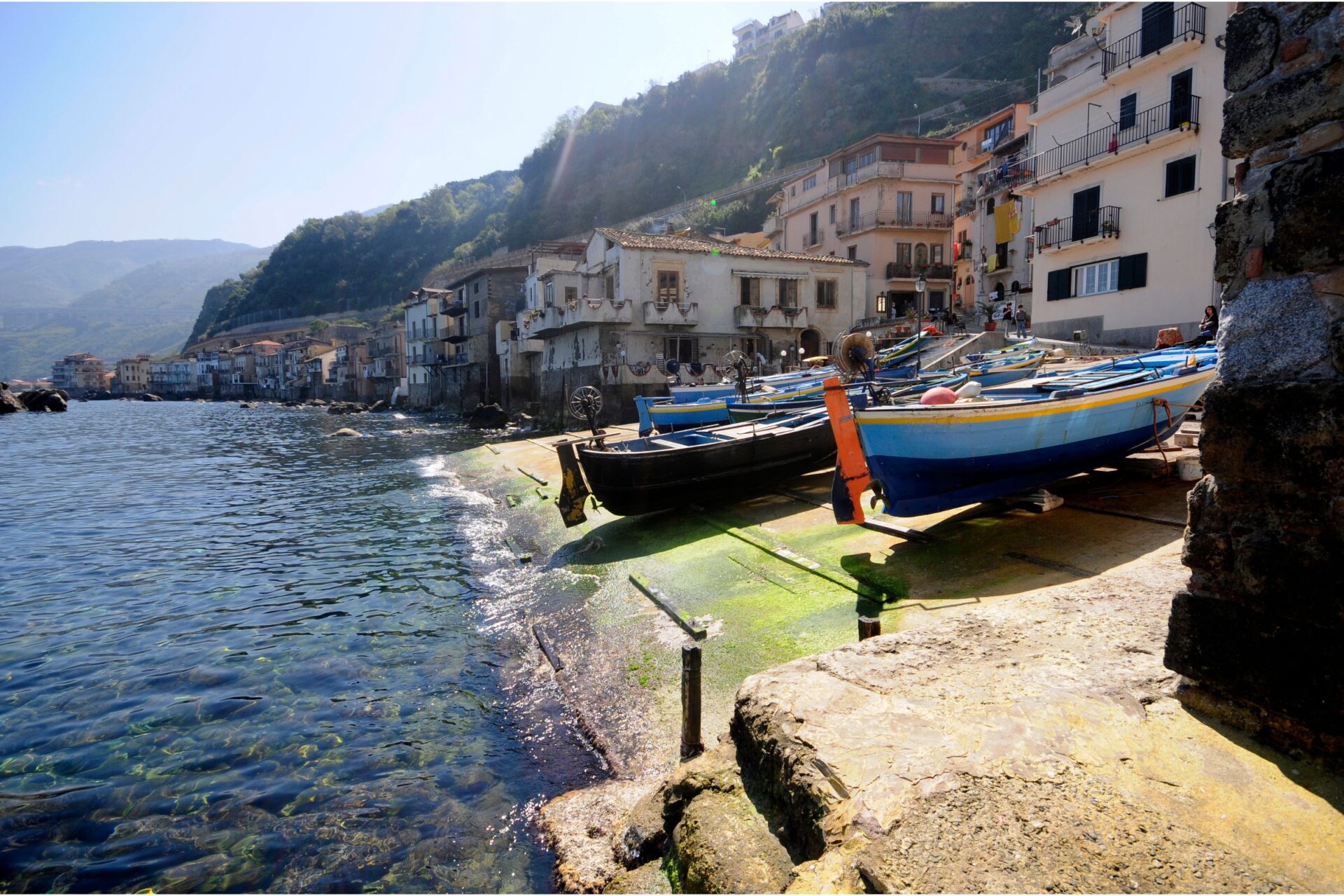
A Walk Through the Labyrinthine Lanes
Wandering Chianalea’s alleys feels like stepping into another era. The narrow pathways snake between stone houses, sometimes barely letting two people squeeze past.
Nobody really planned the layout—it just happened over time. Many homes have arched doorways and windows with bright blue shutters, a nod to their seafaring roots.
I kept finding little surprises: tiny shrines to the Madonna, bursts of potted flowers, and sudden glimpses of the Tyrrhenian Sea. With no cars around, it’s peaceful—just waves and the distant hum of fishing boats.
If you’re into photography, early morning is magic. The light glows on the old stones, and fishermen get their boats ready for another day.
Local Life and Daily Rituals by the Sea
Life here moves to the rhythm of the sea. I watched elderly fishermen fixing nets outside their doors, hands moving with a speed and skill that comes from a lifetime of practice.
Seafood isn’t just food—it’s the backbone of the local economy. Little restaurants serve up the morning’s catch for lunch. I tried the freshest swordfish, a specialty they catch in the Strait of Messina using unique boats called “passerelle.”

Women gather on stoops to chat while prepping food together. This sense of community is everywhere. Many families run guesthouses, letting travelers get a real feel for maritime life.
When the boats return in the evening, everyone seems to come together, celebrating their heritage and keeping old traditions alive.
A Mediterranean Marvel: Location, History, and Heritage
Chianalea gives you a rare look at Mediterranean life, where old traditions blend with dramatic coastal scenery. The spot itself has shaped the area’s identity through centuries of maritime history.
Setting the Scene: Calabria and the Costa Viola
Calabria sits tucked away at the toe of Italy’s boot, and honestly, it’s one of the country’s most overlooked regions. The Costa Viola (Purple Coast) is especially striking, with cliffs that plunge into the deep blue Tyrrhenian Sea.
Chianalea nestles right in this magical landscape, part of the larger Scilla municipality in Reggio Calabria province. The coastline gets its poetic name from the purple hues that color the water at sunset.
Houses built right on the rocks meet the sea, giving the village that Venice-like vibe. Walking the narrow stone streets, I always notice how the old architecture just fits with the wild landscape.
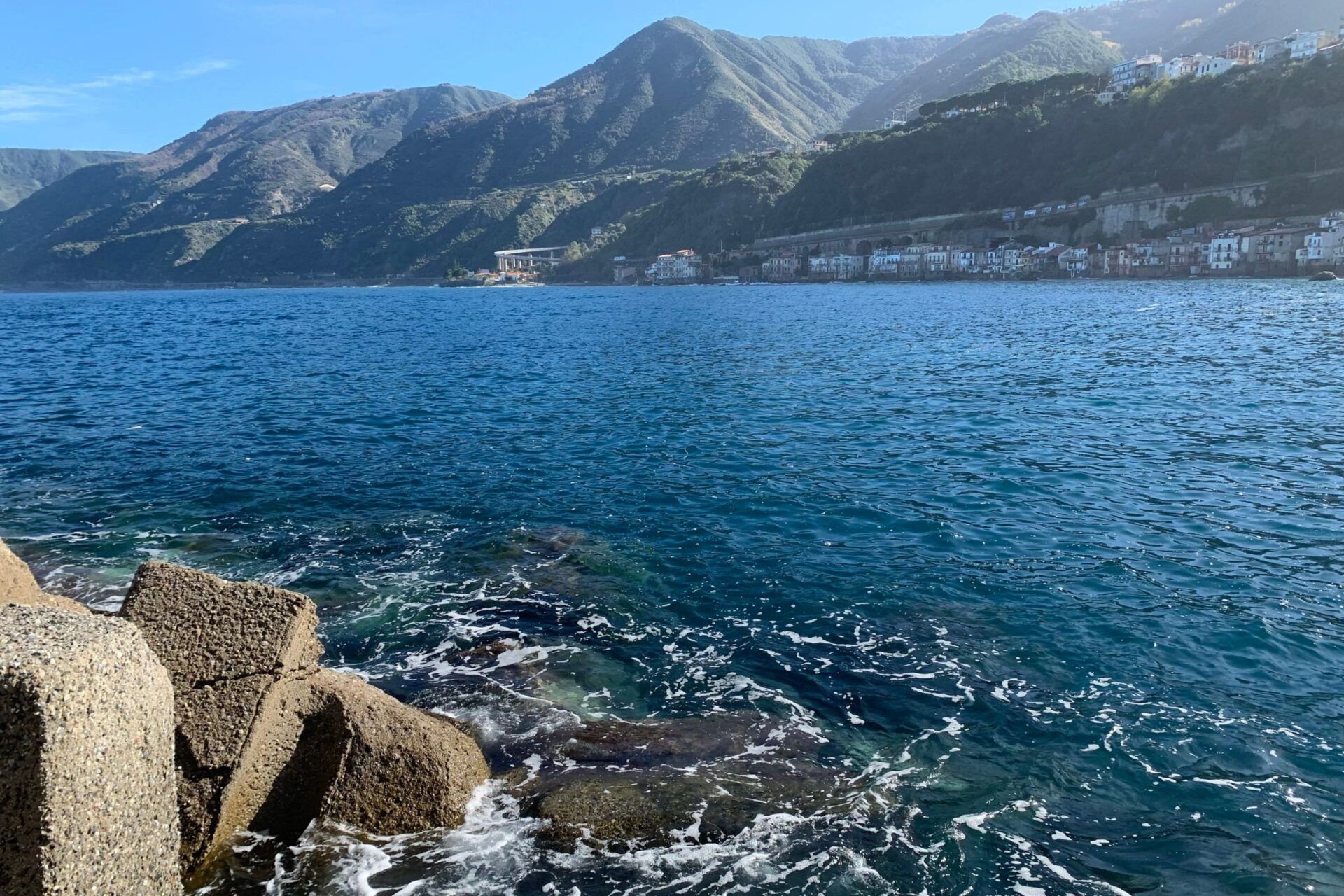
The Straits of Messina: A Gateway Through Time
Chianalea sits along the Straits of Messina, which has made it important for centuries. This narrow channel separates mainland Italy from Sicily and has always been a busy passage.
Ancient sailors braved these waters, spinning legends about the swirling currents and risky crossings. The straits became a crossroads for Phoenicians, Greeks, Romans, and so many others.
Fishermen here learned to catch swordfish that leap through these waters during migration. Their boats, called passerelle, have tall observation posts for spotting fish—a method that’s barely changed in ages.
Influence of Greek Colonisation and Ancient Myths
Greek settlers landed here around the 8th century BCE, bringing their culture, language, and a whole world of mythology. Scilla gets its name from the sea monster Scylla in Homer’s Odyssey.
According to legend, Scylla lurked in these rocky cliffs, making life tough for sailors. The myths sprang from real dangers—turbulent straits and unpredictable currents.
You can still spot the Greek influence in place names, bits of architecture, and local traditions. I find it fascinating how those ancient stories still shape the local identity.
Archaeologists have dug up pottery, coins, and ruins from the Magna Graecia period, when southern Italy thrived under Greek rule.
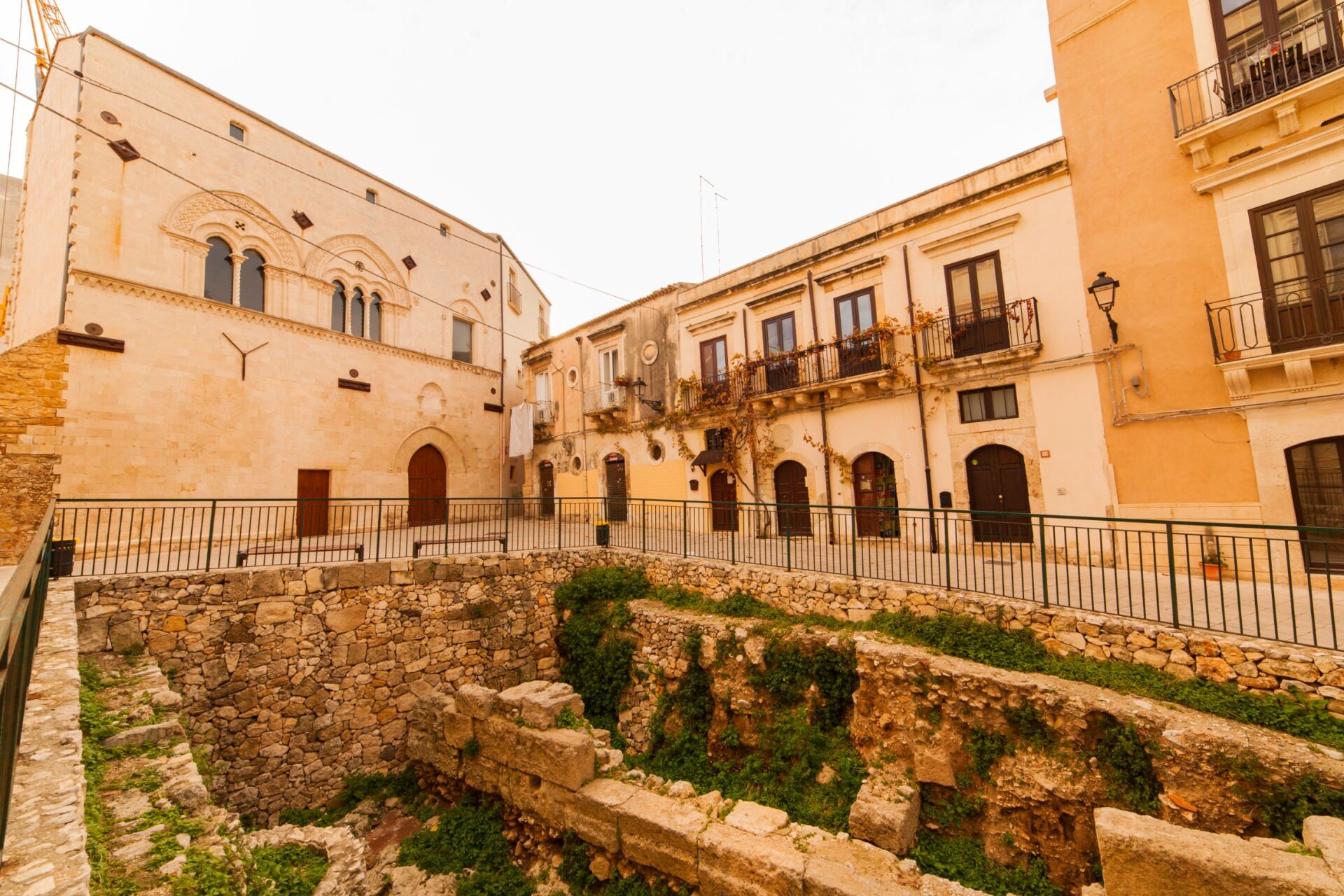
The Enduring Appeal of Reggio Calabria and Scilla
Reggio Calabria, the provincial capital, acts as a gateway to gems like Chianalea. The city is home to the famous Riace Bronzes, ancient Greek statues that show off the region’s rich history.
Scilla itself mixes history, natural beauty, and real Italian culture in a way that bigger tourist spots just can’t. The 17th-century Castello Ruffo keeps watch over the fishing quarter.
What really stands out here is the way people hold onto their heritage. Traditional swordfish hunting, fresh seafood dishes, and festivals celebrating the sea are all still going strong.
Tourism is growing, sure, but Chianalea keeps its authentic feel. Unlike so many Mediterranean towns, it gives you a real glimpse into coastal Italian life—nothing feels staged for visitors.
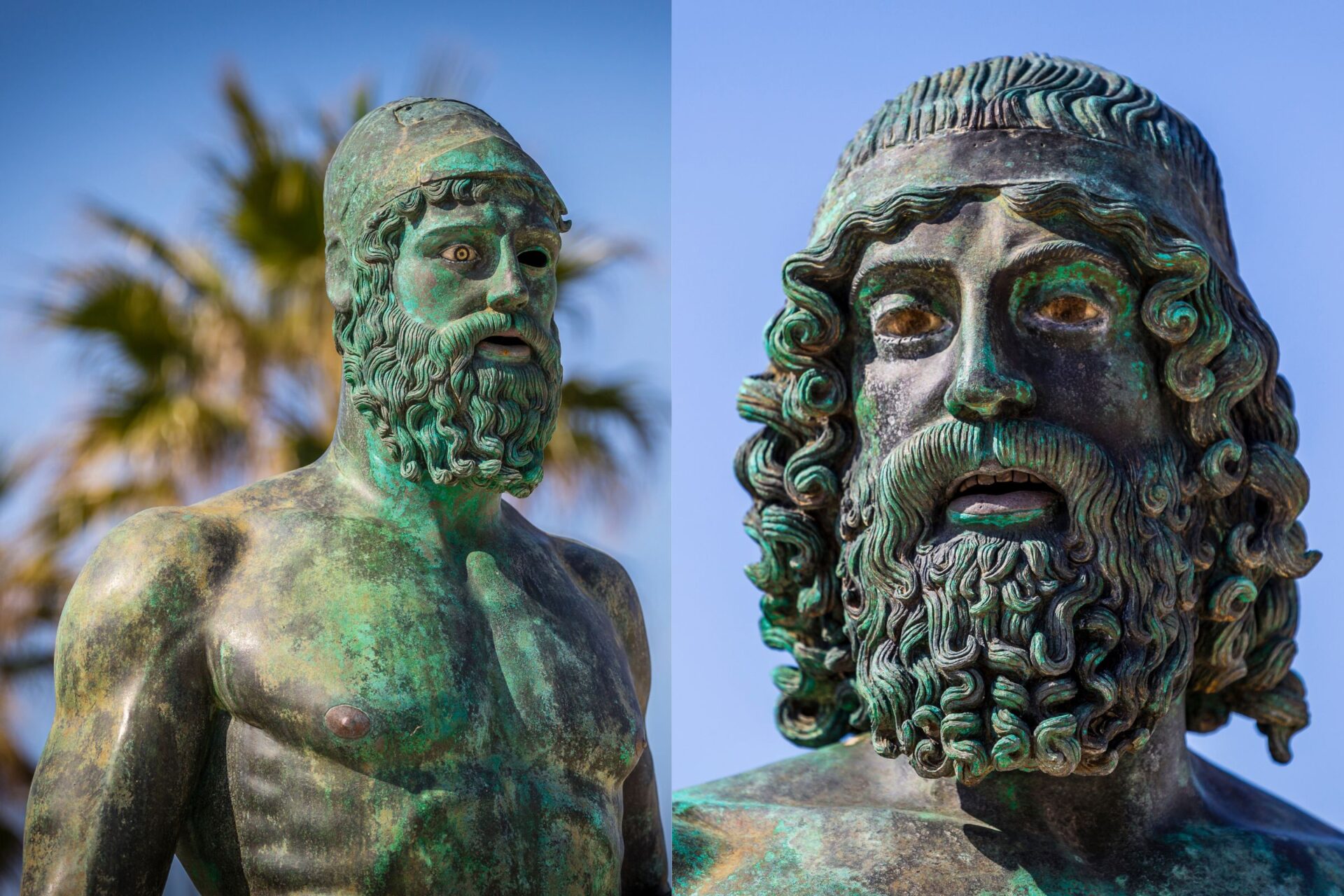
The Myth and Magic of the Scylla Coast
The old coastline of Scilla is soaked in mythology that has drawn travelers for centuries. Here, legend and reality blur, and you walk the same shores where gods and monsters supposedly roamed.
Homeric Legends: From Scylla and Charybdis to Modern Day
Scilla takes its name from the sea monster Scylla (or Skylla) in Greek myth. In Homer’s Odyssey, Odysseus had to sail between Scylla and Charybdis—two deadly threats in the narrow strait.
Scylla started as a beautiful nymph, but jealousy turned her into a six-headed monster. Each head bristled with rows of sharp teeth, ready to snatch sailors from passing ships. Legend says she lived in these very rocks.
On the other side, Charybdis waited—a giant whirlpool that could swallow ships whole. Sailors had to choose between the two, which is where the phrase “between Scylla and Charybdis” comes from.
Standing on the castle promontory, I can almost picture ancient ships fighting these mythical dangers.
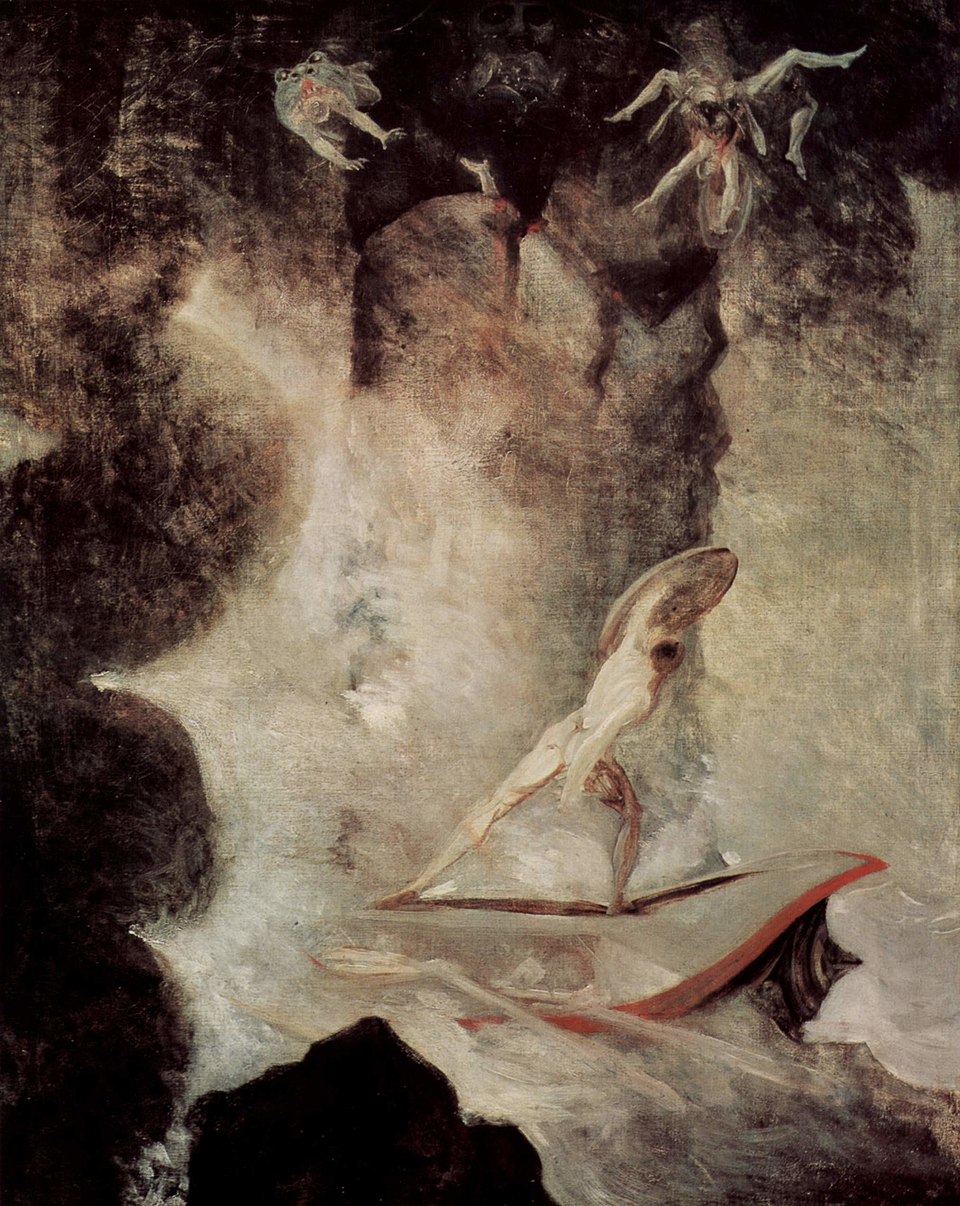
Image Source: Wikimedia Commons
Mythical Figures: Glaucus, Circe, and Sea Monsters
Scylla’s story is tangled up in jealousy and magic. Glaucus, a sea god, fell for Scylla, but she wanted nothing to do with him.
Desperate, Glaucus turned to the sorceress Circe, who ended up jealous herself and poisoned the waters where Scylla bathed. That’s how the beautiful nymph became the monster Homer described (and Virgil, too).
Some versions even link Scylla to Lamia, another victim of the gods. With her many heads and taste for sailors, Scylla became one of Poseidon’s most feared creatures.
These days, when I chat with local fishermen, they still respect those old stories. They say the dangerous currents and whirlpools inspired the legends that still color this wild coastline.
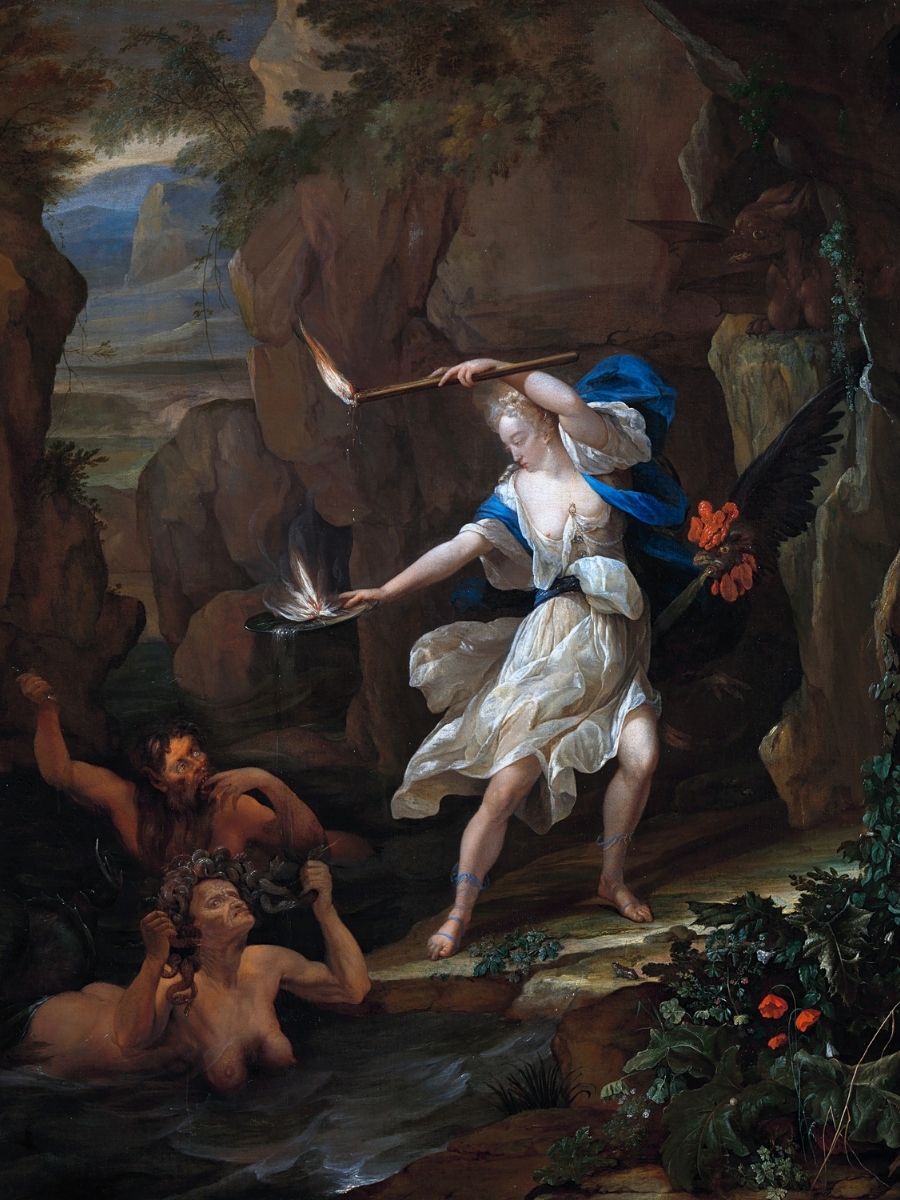
Chianalea’s Enduring Spirit: Culture, Innovation, and Daily Life
Chianalea’s fishermen’s quarter pulses with a mix of tradition and resilience that’s grown out of centuries of maritime life. Walk its narrow streets and you’ll see a community that’s managed to keep its identity while rolling with the times.
Time-Honored Hospitality and Local Style
I’ve never experienced hospitality quite like I have in Chianalea. Locals will invite you in for espresso or homemade limoncello on their terraces with sweeping sea views. Their warmth feels real, not just for show.
Fashion here is practical but still has that Mediterranean spark. Fishermen wear traditional caps that haven’t changed much in decades. Homes keep their stone facades, and inside, people blend modern comforts with old-school touches.
The food deserves a shoutout. Family recipes for swordfish pasta and seafood stews get handed down through the generations. Honestly, the best meals usually come from the tiniest spots, where grandmothers cook up whatever was caught that morning.
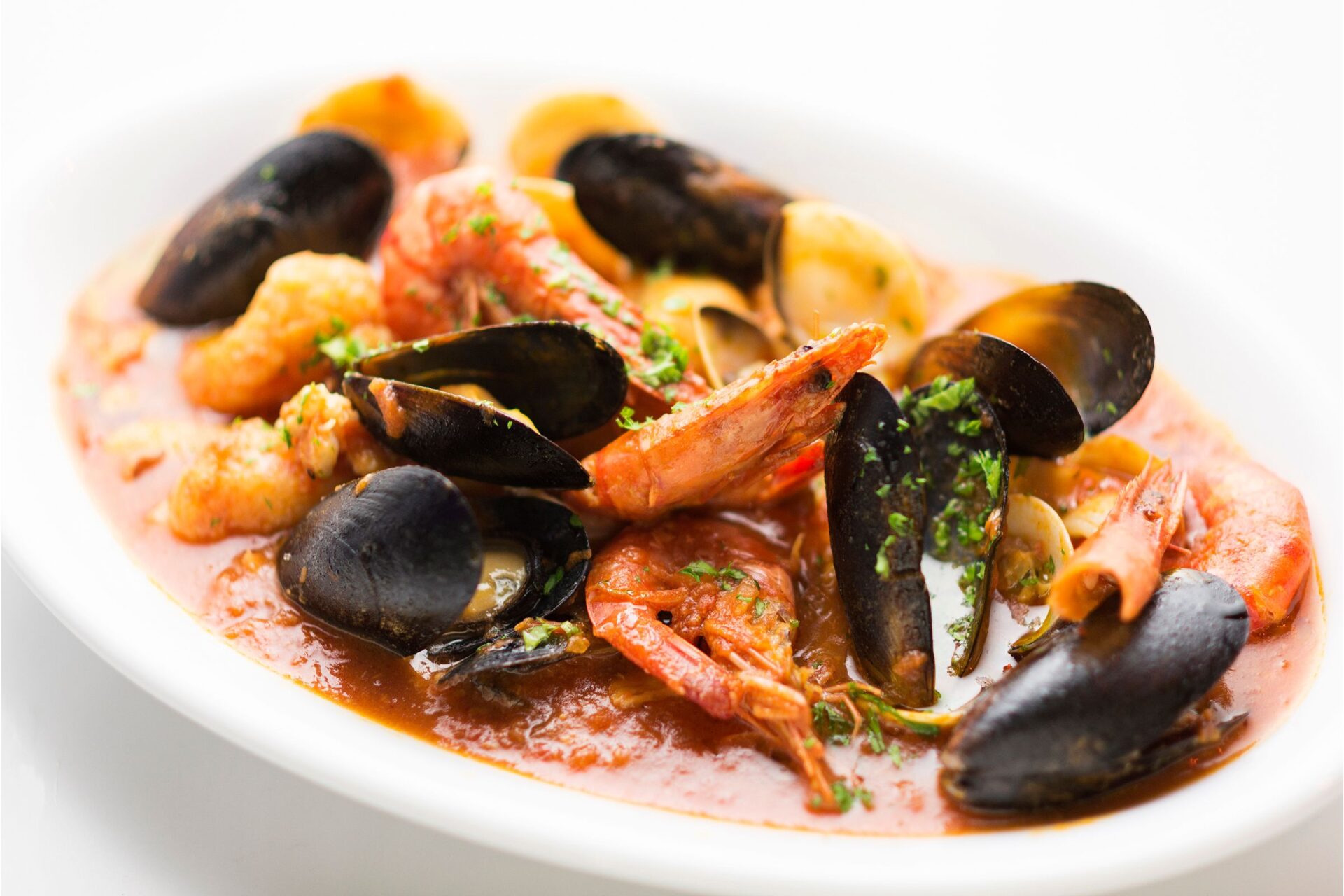
Social Inclusion in the Italian South
One thing that really surprised me about Chianalea is its inclusive vibe. Even though southern Italy has a reputation for being a bit closed off, this village welcomes outsiders in a way you don’t always see.
Families work together on fishing boats, and everyone has a role, no matter their age or ability. Kids learn boat maintenance from their grandparents, and elders keep busy mending nets and sharing old navigation tips.
The annual Festival of the Sea brings this spirit to life. Everyone gets involved—from recent immigrants who’ve joined local crews to families with roots going back to the Normans. The celebrations mix Christian traditions with old maritime customs that stretch back before Roman times.
Adaptation Through Earthquakes and Change
Chianalea has weathered its share of earthquakes, including big ones in 1783 and 1908. The resilient architecture you see today is all about adapting and rebuilding.
People built houses right into the rocks, using clever engineering to make them last. Flexible joints between stone blocks help the homes survive tremors. These techniques come from a mix of ancient Greek know-how and later influences from the Ostrogoths and Normans.
Today, residents still adapt. Solar panels pop up on old tile roofs, and some fishing boats sport modern navigation gear alongside their wooden hulls. Young entrepreneurs have turned family homes into boutique guesthouses, blending old architecture with new opportunities.
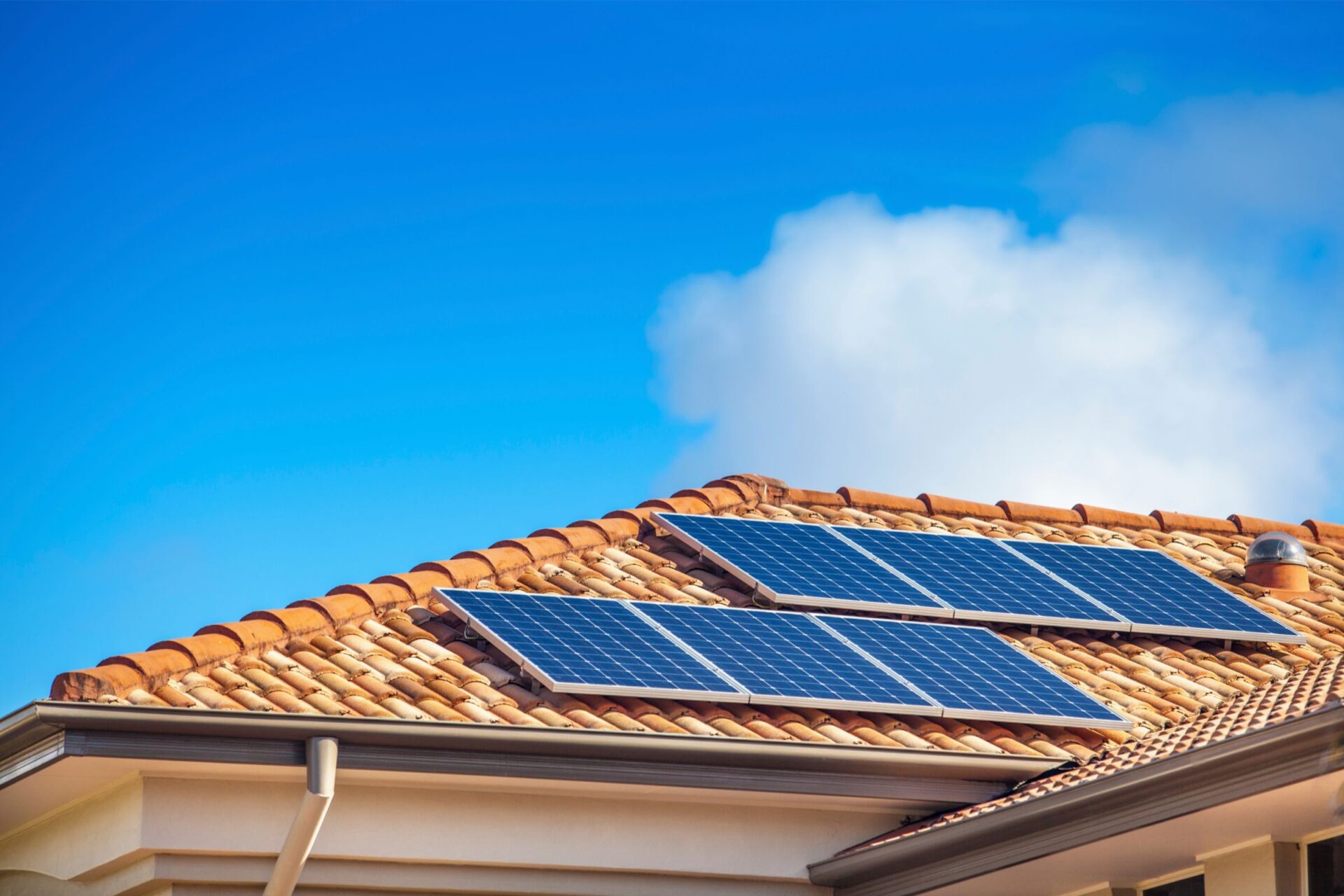
As climate change and shifting fish populations challenge the community, people keep evolving. Sustainable fishing practices are taking root, right alongside the old traditions.
Culinary Journeys: From Fresh Seafood to Local Delicacies
The food scene in Chianalea brings together fresh seafood and traditional Calabrian flavors in a way that’s honestly hard to beat.
When I visit, I notice right away that dining here isn’t just about eating—it’s a full-on sensory adventure that ties you to the village’s fishing roots.
Seafood Restaurants Overlooking the Water
I usually go straight for one of the seafood restaurants perched right above the water.
These places give you a front-row seat to the Tyrrhenian Sea, and they serve up fish that the boats brought in just hours earlier.
If you can, show up around sunset. That’s when the fishing boats return, and you can actually see the day’s catch on display, chilling on ice.
Most spots let you pick out exactly which fish you want for dinner.
Swordfish (pesce spada) is the star here, especially from May to September when it’s in season.
I’ve noticed the family-run places usually nail the authentic recipes, often handed down through the family.
Prices run from moderate to a bit pricey, but honestly, eating seafood while the waves hit the restaurant’s base feels totally worth it.
Sample Pane, Pasta, Pesce, and Carne
The typical Calabrian meal follows that classic Italian lineup of courses, each one showing off what’s local and fresh.
Start with some hearty, freshly baked pane (bread), usually served with a splash of local olive oil.
The bread here is denser than what you’ll find up north, and it’s perfect for scooping up leftover sauce.
For primi piatti (first courses), check out pasta ‘nduja. This spicy, spreadable sausage gives pasta a real kick.
I still crave the handmade pasta with sea urchin I tried last time—seriously unforgettable.
Secondi (main courses) focus mainly on pesce (fish), though you’ll spot carne (meat) now and then.
Besides swordfish, you should try:
- Baccalà (salt cod)
- Fritto misto (mixed fried seafood)
- Local tuna dishes
If you’ve got room, go for dolci (desserts) like pitta ‘nchiusa, a sweet Calabrian pastry with nuts and honey.
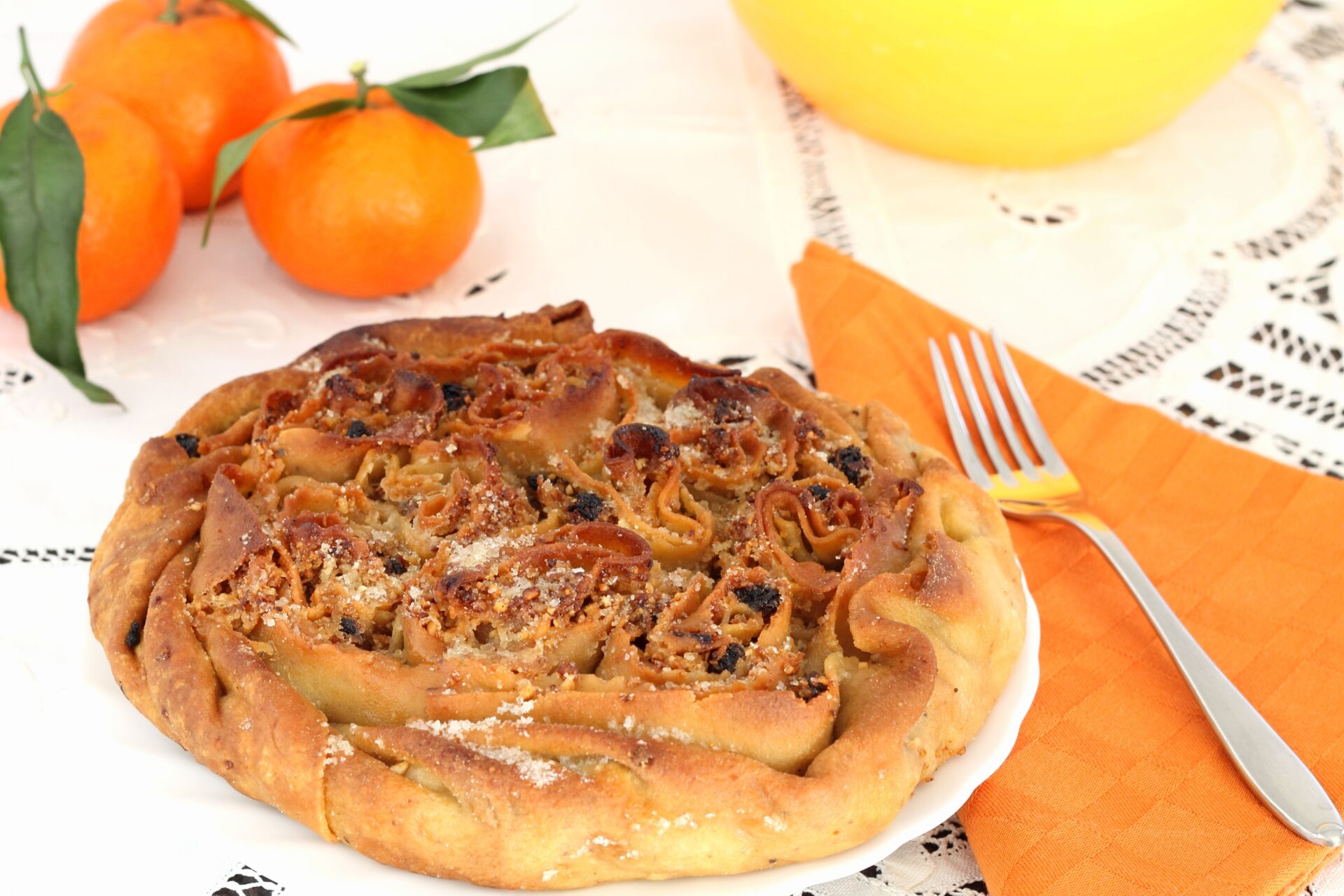
Uncovering the Flavors of Calabria, Puglia, and Basilicata
Chianalea sits in Calabria, but you’ll taste hints from Puglia and Basilicata too.
This mix creates some flavor combos you just don’t find anywhere else.
Calabrian food leans spicy, no question. The famous chili peppers show up in all sorts of dishes and spreads.
I always take home a jar of chili spread—can’t resist adding it to my own food.
You’ll notice Puglia’s touch in all the veggies and legumes. If you spot fave e cicoria (fava bean purée with wild chicory) on a menu, grab it.
Basilicata brings its tradition of preserving foods. Many restaurants serve up house-preserved veggies, olives, and fish, and you can really taste the difference.
Local wines pair up with these flavors so well. Greco di Bianco, a sweet white wine from nearby, is definitely worth a try.
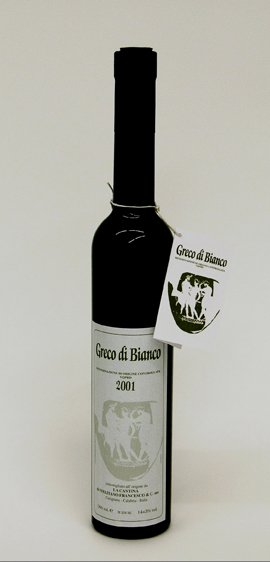
Image Source: Wikimedia Commons
Taking Home a Taste: Souvenirs and Foodie Finds
I never leave Chianalea without stocking up on edible souvenirs.
Tiny specialty shops, hidden between houses, sell things you just won’t find back home.
Here’s what I always grab:
- Bottled ‘nduja paste
- Local honey with Mediterranean herbs
- Calabrian dried chilies
- Jarred seafood preserves
- Handcrafted olive oils from small producers
If you want something unique, look for bergamot-flavored treats. This citrus fruit only grows here and has a scent that’s hard to describe—kind of magical.
The shopkeepers usually offer to vacuum-seal anything perishable, or they’ll help you ship bulkier stuff.
Prices feel fair, especially compared to the bigger tourist towns.
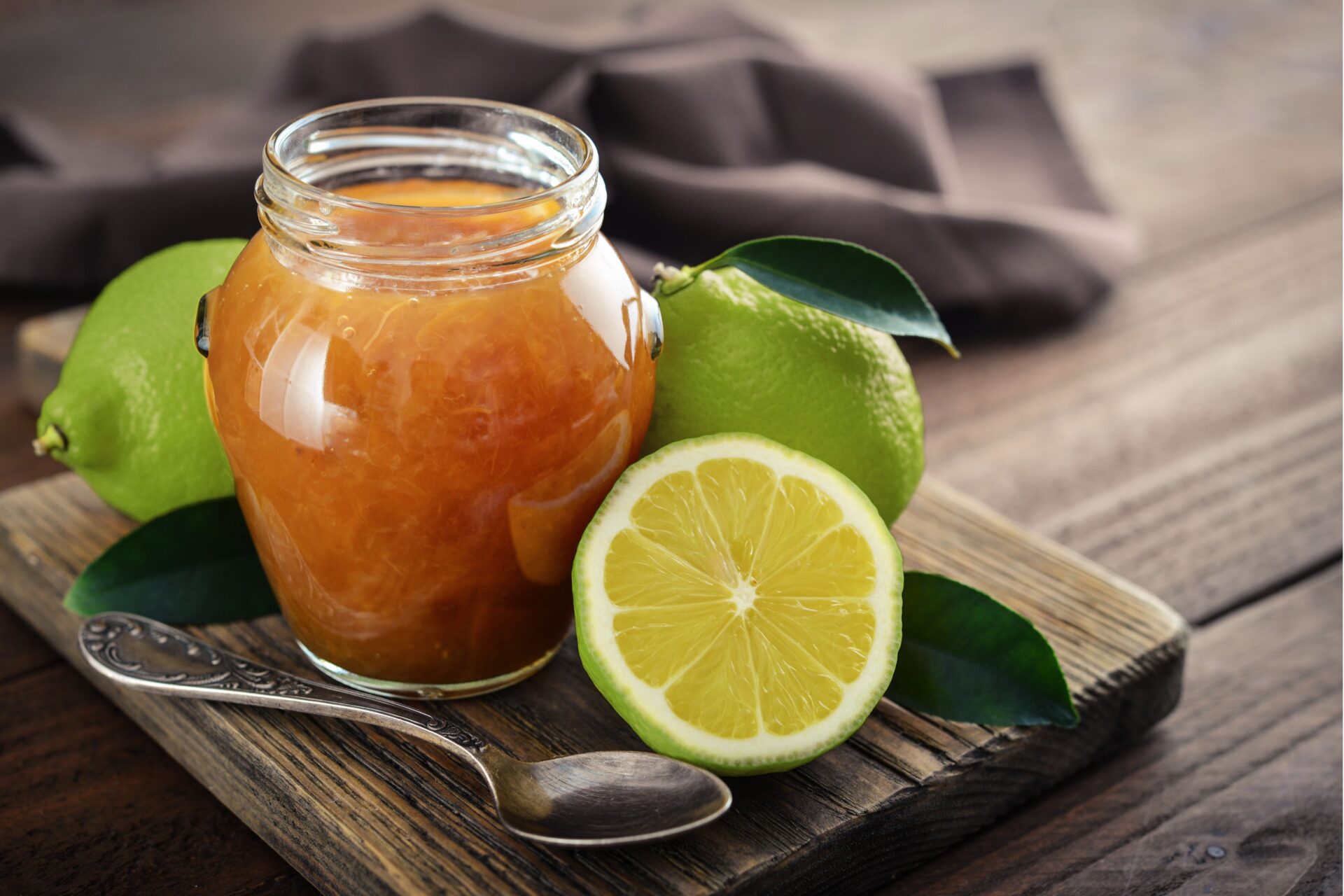
Travel Tips and What to Expect in Chianalea
Visiting Chianalea feels like wandering into a living postcard.
Fishermen’s houses perch on the rocks, and winding paths snake between buildings that almost rise straight from the sea.
Promenades, Sandy Beaches, and Eolian Islands
The waterfront promenade here has to be one of the prettiest walks in southern Italy.
When I stroll along the rocky shoreline, the waves slap against the house foundations, and it creates this soothing, almost hypnotic sound.
Just a short walk from Chianalea’s maze of alleys, you’ll find the sandy beach of Marina Grande.
It’s great for swimming in the summer when the water turns crystal clear and cool.
I’d suggest heading there early in the morning if you want to skip the crowds.
On clear days, you can see the Eolian Islands from Chianalea.
Local boat tours will take you out to these volcanic islands. Stromboli, with its regular eruptions, is probably the most dramatic.
These trips usually cost between €40 and €80, depending on where you’re going.
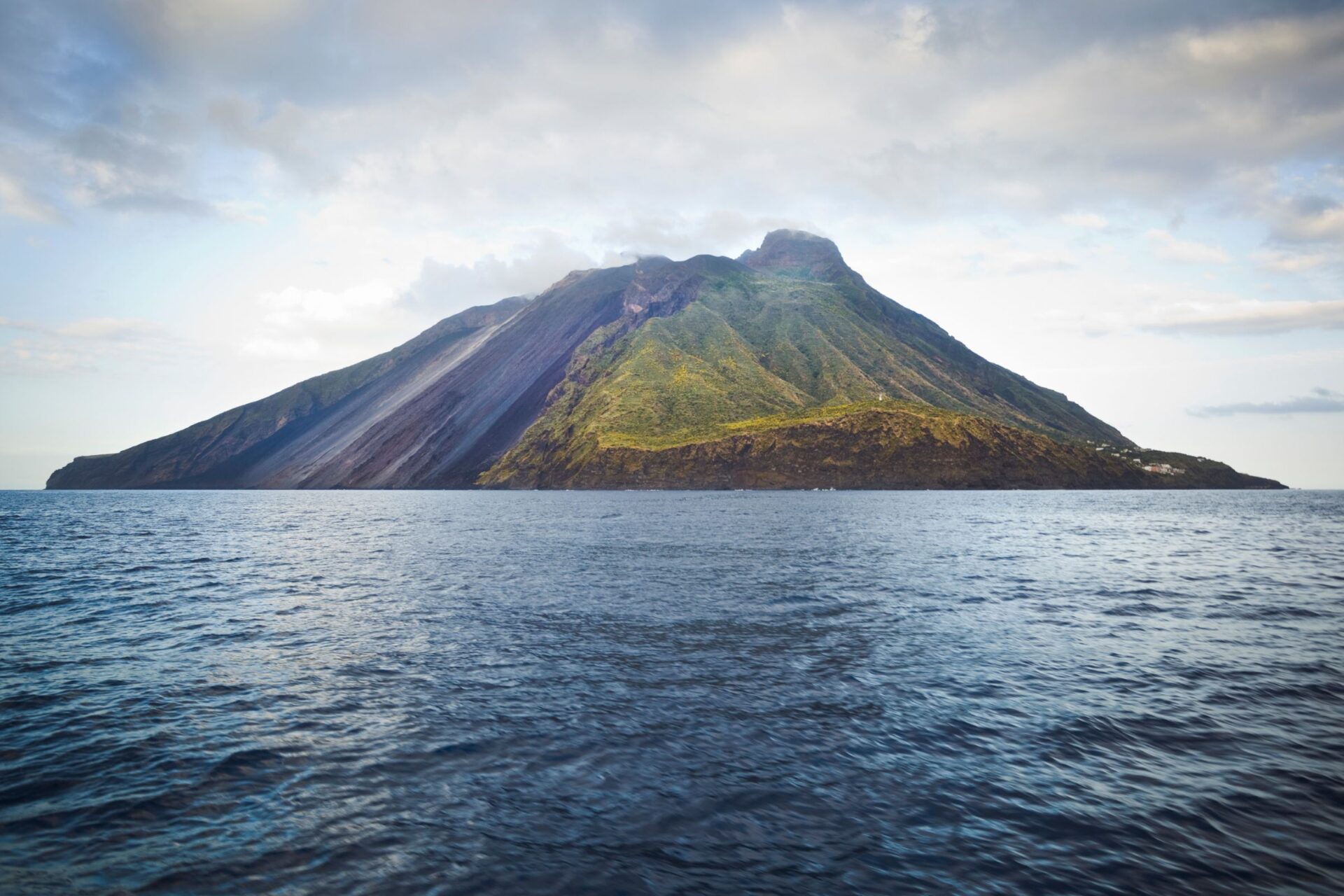
Where History Meets Modern Exploration
Chianalea’s history stretches back to ancient Magna Graecia (Megale Hellas) times.
The neighborhood has managed to keep its original charm, even as more tourists find their way here.
Streets here are narrow and made for walking, not driving.
I actually love this—it makes exploring so much more relaxed, and you end up stumbling on hidden restaurants tucked between old stone buildings.
Don’t miss the ancient church of San Giuseppe; it gives you a peek into the fishermen’s religious traditions.
Nearby museums display artifacts that share the story of this coastal community’s deep connection to the sea.
Modern comforts fit in surprisingly well. Most places offer Wi-Fi, though sometimes cell service drops out in the twistiest alleyways.
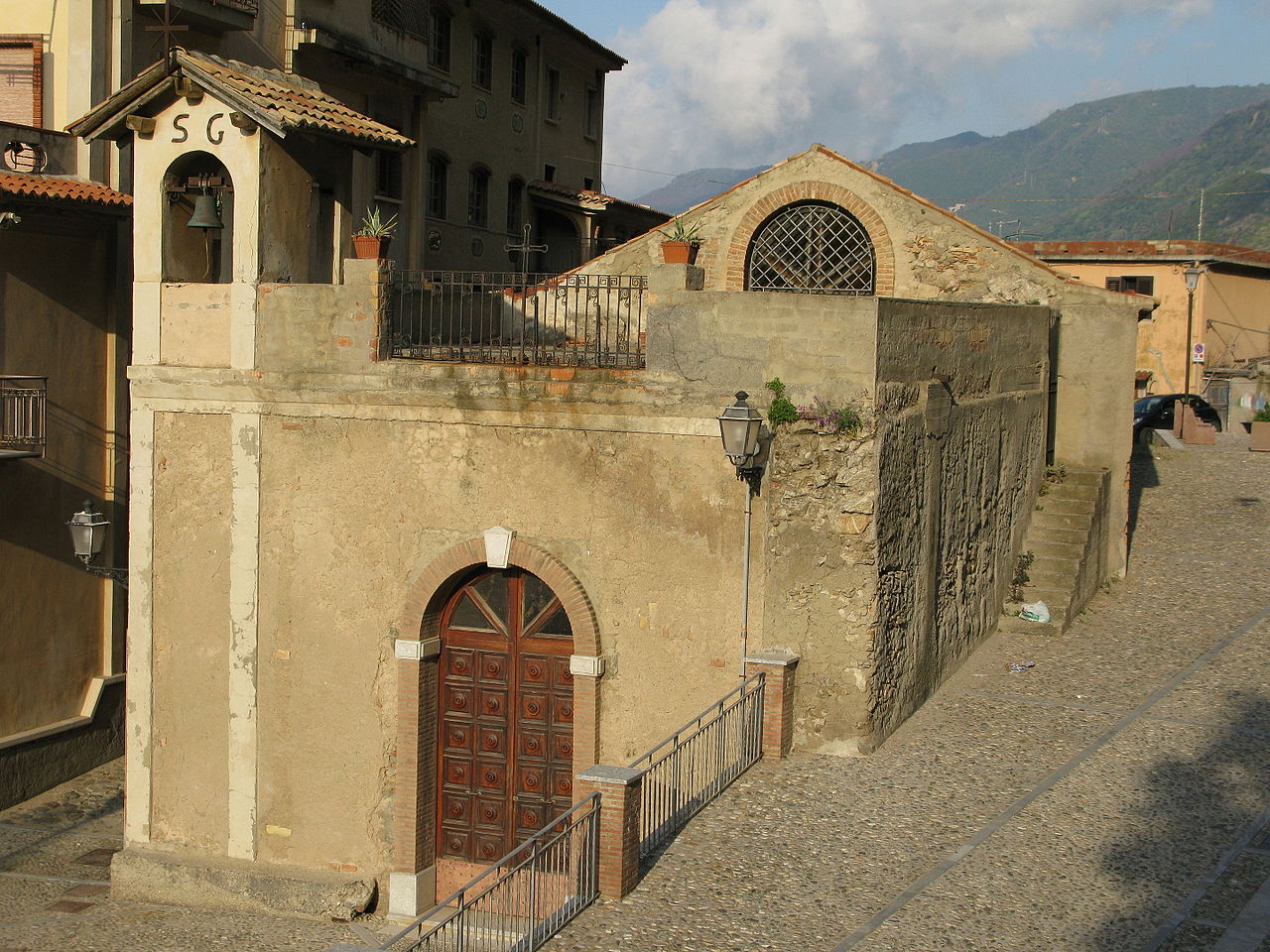
Image Source: Wikimedia Commons
Planning Your Visit for the Full Fishermen’s Experience
May through October is really the sweet spot for a visit. If you ask me, September just nails it—warm days, but you don’t have to elbow through crowds like in August.
Summer days usually hover between 75 and 85°F (24-29°C). That’s pretty ideal for wandering around or just relaxing by the water.
Chianalea has all sorts of places to stay. You’ll find everything from fishermen’s homes turned into B&Bs to fancier hotels. I ended up in a tiny guest house right on the water, and it set me back about €90 a night.
If you want to get the real feel of the place, here’s what I’d suggest:
- Order swordfish that the restaurants just pulled in that morning
- Set your alarm and watch the fishermen get their boats ready at sunrise
- Time your trip for the Madonna del Mare festival (usually mid-August)
- Lock in your room early if you’re coming in summer
Most folks around here don’t speak much English. I tried out a handful of Italian phrases and honestly, it made things way better.
Oh, and bring comfy shoes. Those cobblestone streets look lovely, but they’re not exactly easy on your feet.

